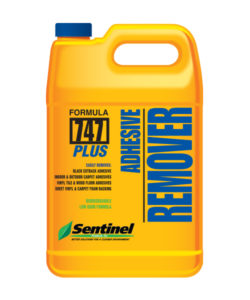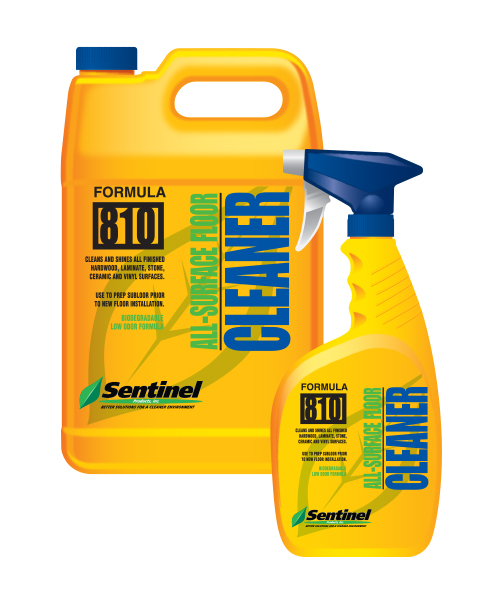
It is crucial to select an adhesive floor cleaner that is safe for the environment and that does what it claims. There are many quality floor adhesive products available for latex, acrylic and urethane. Each glue will require a chemically compatible cleaner.
Do-it-yourselfers often find the hardest part of remodeling a flooring is removing the glue and old material. Floors are unique and each floor has its own adhesive. An adhesive will begin to harden over time and can even become petrified. It will be extremely difficult to remove the adhesive. You will therefore need one of the environmentally friendly, floor cleaners.
If you are considering removing a floor on your own, make sure to keep safety and ventilation in mind. There are many chemicals that can be used to soften adhesives for floor removal. Protect yourself by wearing long sleeves, rubber gloves, and pants. Always refer to the manufacturer’s recommendations. These guidelines will tell you which filter to use with your respirator. Make sure all doors and windows are open. This will reduce harmful fumes and speed up the process.
It is crucial to follow the manufacturer’s instructions on mixing the solution and whether it should be applied at full strength. A squeegee or paint brush, broom or roller are all options. Your goal is to coat all adhesive with the solution. The solution will absorb into the adhesive, causing the chemical reaction to begin. The next step is to remove the solution.
A standard handheld floor scraper can be used to remove glue if you only have a thin layer or small areas. You may need to stand up and use the full-size floor scraper for larger areas or thicker glue concentrations. Whatever scraper you choose, the goal is to remove all adhesive from the subfloor. The glue should be easy to peel off once it has been softened by the chemicals. You can apply another layer of adhesive floor-removal solution if it doesn’t.

 Specially formulated without odors or harmful chemicals, the
Specially formulated without odors or harmful chemicals, the 
 As a flooring expert, you wouldn’t want to risk your reputation by providing substandard floor installations. On the other hand, if you believe in DIY, you would want a product that makes floor removals easier. At Sentinel Products, we make
As a flooring expert, you wouldn’t want to risk your reputation by providing substandard floor installations. On the other hand, if you believe in DIY, you would want a product that makes floor removals easier. At Sentinel Products, we make 